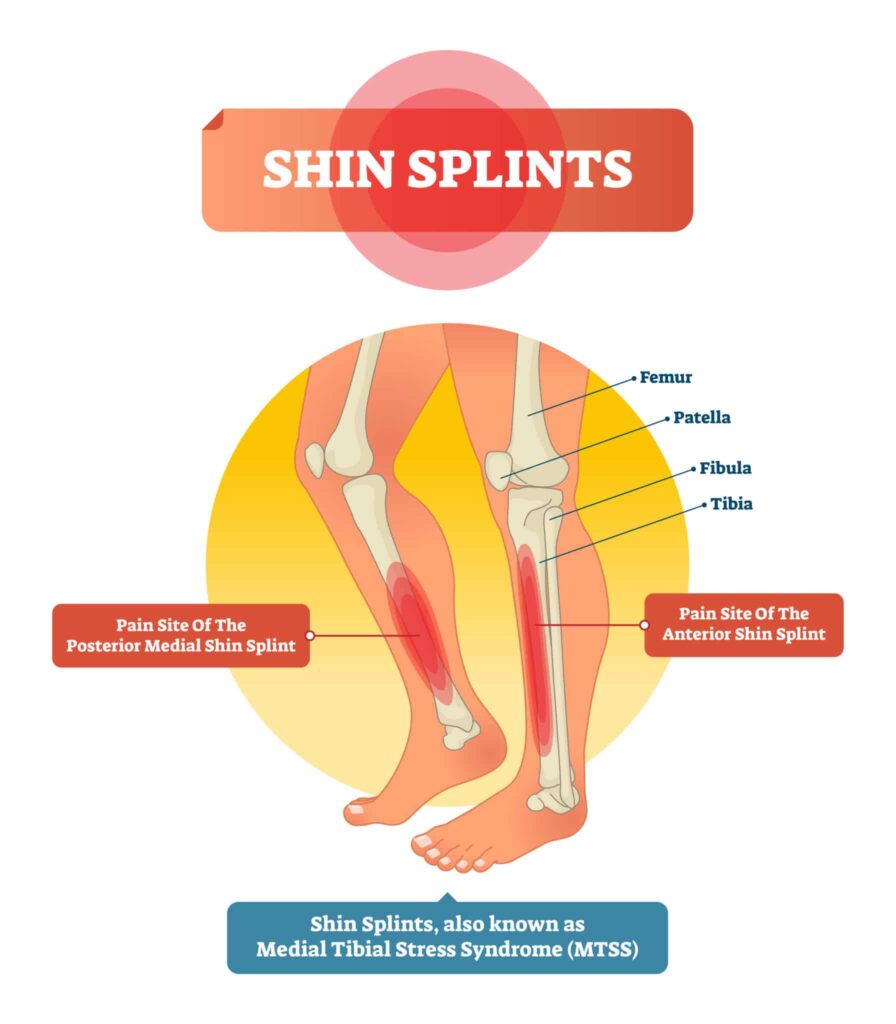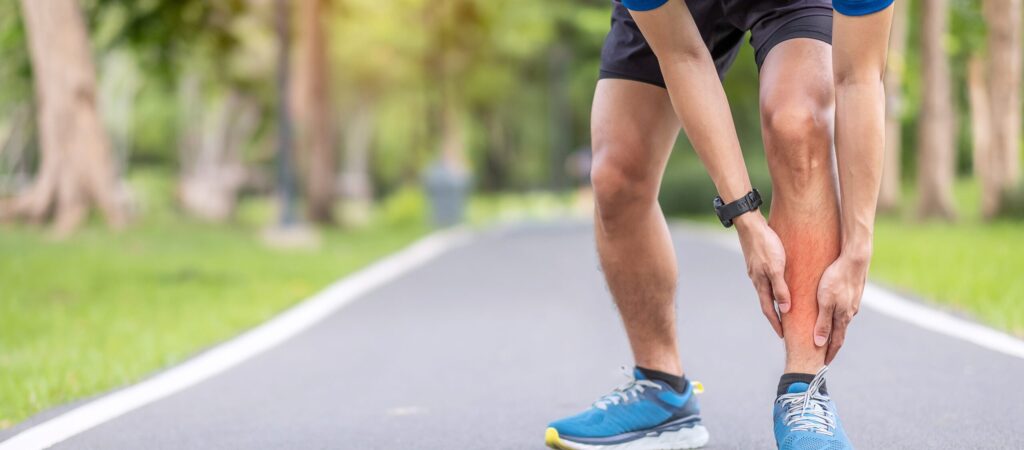If you’ve ever felt a nagging pain down the front of your lower leg during or after a run, you might be dealing with shin splints—medically known as Medial Tibial Stress Syndrome (MTSS). It’s a common overuse injury that affects runners, dancers, and anyone regularly involved in high-impact activities.
And while it’s easy to brush off as “just a bit of soreness,” ignoring shin splints can lead to longer recovery times or, worse, stress fractures. The good news? With the right approach, you can not only manage the pain but also stop it from coming back.
At Essential Health Physiotherapy in Loganholme, we see this condition often —especially among those ramping up their fitness routines too quickly.
Why Do Shin Splints Happen?
Shin splints usually develop when the muscles around the tibia are put under excessive stress, leading to inflammation and discomfort. Here is what tends to trigger it:
- Sudden Increase in Activity: Rapidly increasing running distance, intensity, or frequency can overload the shinbone and muscles.
- Poor Foot Biomechanics: Flat feet, high arches, or rolling inwards (overpronation) can contribute to excessive stress on the shins.
- Improper Footwear: Worn-out or unsupportive shoes might be doing more harm than good. They fail to absorb shock and increase strain on the lower legs.
- Tight or Weak Muscles: Tight calves and weak shin muscles can create imbalances, increasing the risk of injury.
- Running on Hard Surfaces: Pavement and other hard surfaces increase impact forces, putting extra strain on the legs.
What Does Shin Splint Pain Feel Like?

People with Shin splints might notice:
- A dull, aching pain along the shinbone
- Tenderness and swelling in the lower leg
- Increased discomfort with physical activity
- Pain that worsens after exercise but may subside with rest
Let’s Talk About Prevention (and Recovery)
You might have guessed it. I am going to promote my ultimate Physiotherapy approach again– EARLY INTERVENTION. There’s no magic fix—but there is a smarter way to manage shin splints.
Here are six things we recommend at our Loganholme clinic:
Ease off for a bit
- Reduce high-impact activities and cross-train with swimming, cycling, or elliptical workouts.
- Avoid running on hard surfaces until symptoms improve.
Strengthen your Lower Limbs
- Strengthen the calf muscles, tibialis anterior (shin muscle), and foot muscles to improve lower leg stability.
- Recommended exercises: Toe raises, heel drops, and resistance band exercises
Loosen Up with mobility exercises
- Stretch tight calf muscles and Achilles tendons to reduce strain on the shins.
- Foam rolling the calves and shins can help alleviate muscle tightness.
Get Proper Footwear and Orthotics
- Wear running shoes with adequate arch support and shock absorption.
- Consider orthotics if you have flat feet or excessive pronation.
Cool it down
- Apply ice to the shins for 15-20 minutes after exercise to reduce inflammation.
- Use nonsteroidal anti-inflammatory drugs (NSAIDs) if needed for pain relief.
Pace Yourself
- Increase mileage and intensity gradually (no more than 10% per week).
- Maintain a proper running form by landing softly and avoiding overstriding.
When Should You See a Physio
When the pain sticks around despite rest and self-care, it’s time to get checked out by your trusted health professionals. At Essential Health Physiotherapy in Loganholme, we can assess how you move, check for muscle imbalances, and create a treatment plan that actually works for your body and routine.
We’re Here for You, Loganholme
Dealing with shin splints isn’t fun—but you don’t have to push through the pain alone. Whether you’re an athlete or just getting into exercise, our Loganholme team is here to help you stay active and injury-free.
One call away from more control of your pain and doing what you love 07 3132 0898
References
Newman, P., Witchalls, J., Waddington, G., & Adams, R. (2020). Risk factors associated with medial tibial stress syndrome in runners: A systematic review and meta-analysis. Sports Medicine, 50(2), 349-365. https://doi.org/10.1007/s40279-019-01194-4
Check our Previous Blogs


